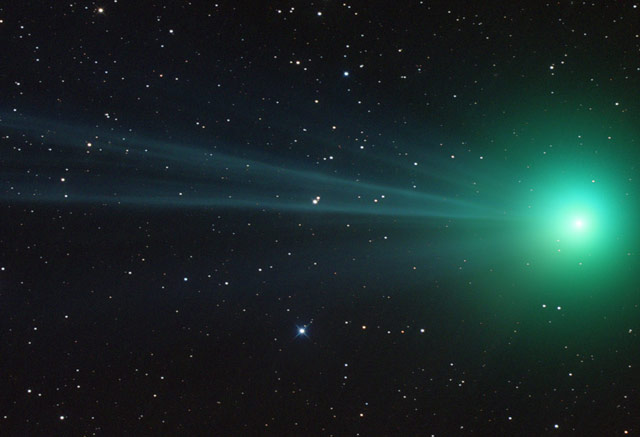Hi everybody
Here are the latest articles from the Astronomy site at BellaOnline.com.
Dark Matter - Poems of Space - A Review
What do poets see when they look at the heavens? And astronomers? Are the experiences completely different or different sides of the same sense of wonder? This collection of poems, edited by a poet and an astrophysicist, is a treasure trove. There's something here for everyone.
http://www.bellaonline.com/articles/art28452.asp
Absolute Beginners - Seeing Mercury and Venus
We can see five planets with our unaided eyes. But people often ask how to find them and how to recognize them. Here is a beginner's guide for seeing Mercury and Venus.
http://www.bellaonline.com/articles/art27312.asp
Greetings to the Galaxy
Thirty-one years ago today, on September 1, 1979, Pioneer 11 was the first spacecraft to travel as far as Saturn. It flew through the plane of the rings and then on to the far reaches of the Solar System, from where it continued to send data for another eighteen years.
On September 30, 1995, when its final transmission arrived, Pioneer 11 was nearly 45 times as far from the Sun as the Earth is. (It's now about 82 times as far away from the Sun as we are.) The spacecraft was headed towards the constellation of Aquila (the Eagle) and might be near the star Lambda Aquilae in about four million years.
Pioneer 11 and its sister ship Pioneer 10 were the first human-built objects to be on courses that will take them out of the Solar System. They carry identical plaques with a greeting to the Galaxy.
Is there life on Earth?
Thirty-four years ago Friday (September 3, 1976) Viking 2's lander landed on Mars. Both Viking 1 and Viking 2 consisted of an orbiter and a lander. Between them the orbiters imaged the whole surface of Mars. The Viking 2 lander also had an astrobiology experiment whose purpose was to look for life.
Nasa says the experiment didn't produce any evidence of life, though some people disagree with this conclusion. (http://www.daviddarling.info/encyclopedia/V/Viking.html)
It is not as easy as it sounds to detect life. Astrobiologists are still discussing what the signatures of life would be. Since we only know one kind of life – Earth life - that makes it harder.
But even detecting Earth life can be tricky. In 2003 a team of scientists in the Atacama Desert in Chile carried out a survey using tests similar to that of the Viking 2 lander. They failed to find signs of life there. In part, this was because it seems that parts of the Atacama actually seem to have no life – which is amazing. What's there is often highly localized and could easily be missed. But it was also because the test may well not be sensitive enough.
Pity the astrobiologist who can't detect life on Earth!
Wake up Calls
The wakeup song has long been a tradition of the US space program. For the shuttle mission STS-133, NASA has invited the public to vote on the song. All the music is on the site, so you can listen if you're not sure about any of them. Cast your vote at https://songcontest.nasa.gov/top40.aspx
And if you compose music – or know someone who does – NASA is also looking for an original piece of music for the final shuttle mission STS-134 in January. The link above will let you upload your own music.
That's all for this week. Wishing you clear skies.
Please visit astronomy.bellaonline.com for even more great content about Astronomy.
To participate in online discussions, this site has a community forum all about Astronomy located here -
http://forums.bellaonline.com/ubbthreads.php?ubb=postlist&Board=323
I hope to hear from you sometime soon, either in the forum or in response to this email message. I welcome your feedback!
Do pass this message along to family and friends who might also be interested. Remember it's free and without obligation.
astronomy Newsletter








